DIRECT PRESS November 2021: ROOTS OF NATURAL WINE
Direct Press November 2021
ROOTS OF NATURAL WINE

This month we're going back to our roots with producers in the Loire and Beaujolais who all started over 30 years ago. L-R: Georges Descombes, Marc Ollivier, Jo Landron, François Chidaine, Marie Luneau-Chatier, Pierre-Marie Luneau, Jean-Claude Chanudet, Guy Breton, and Marie Lapierre. Illustration by Jonathan Kemp
The group of wines this month all come from Loire and Beaujolais producers who have been at it for over 30 years, and were instrumental in changing the conversation around organic farming.
Not only that, they upended the historic assumptions about their regions. Beaujolais is now sought-after as fine, age-worthy wine because of figures like Breton (Press 2), Lapierre (Press 4), Chanudet (Press 4), and Descombes (Press 4), who rebelled against the toxic destruction wreaked in their region by Georges Deboeuf's mass-produced Nouveaus. Muscadet's reputation has been similarly raised up by producers like Pépière (Press 4), Landron (Press 4), and Luneau-Papin (Press 2). Once an ocean of mechanically-harvested plonk supplying Paris bistros with cheap oyster wine, Muscadet now offers some of the most vivid examples of terroir-driven wines. Meanwhile in the central Loire, Bernard Baudry (Press 4), François Chidaine (Press 4), and the late François Pinon (Press 4) were proving that Chinon, Vouvray, and Montlouis-sur-Loire, respectively, could produce some of the most impressive, age-worthy wines anywhere.
These days most people take for granted that the Loire and Beaujolais are go-to regions for some of the most exciting wines. But that was very much not the case pre-1990, when the winemakers we're featuring this month began their careers.
Back in 2008 when I discovered natural wine, most of what was out there was from the Loire Valley and Beaujolais. I'm not even sure I used the phrase 'natural wine' until much later, these were simply the regions where I was finding the most interesting wines — and could afford. Almost all of these wines were under $20, and so they quickly became my favorite regions.
I know for many of my friends and colleagues who started out in wine in the past decade, Loire and Beaujolais were similarly pivotal regions. You could learn about them more easily because you could access the wines. You could access the wines because they were still not valued at market like Burgundy or Bordeaux. Many of us came to find that this was due largely to public perception and the fickle world of wine economics, not because of actual quality. So if most wine drinkers were missing out on Loire and Beaujolais, what else might they be missing? Quite a lot, it turns out! This opened up a curiosity for more outlier regions, and more overlooked wines that continues to this day for me, at least. But Loire and Beaujolais were the catalysts.
One of the privileges of working with smaller wineries is the ability to really learn about the winemakers, meet them, and taste their wines every vintage. Winemaking is a lifetime of effort with a long arc, and being able to support growers through difficult seasons and economic changes is a responsibility we take very seriously at Vanderbilt. And while the novelty of new winemakers, new styles, and new vintages keeps us all engaged, it's equally crucial to recognize the people who have been at this for decades, consistently making wines we love. Those two things are related, of course. The knowledge learned from many decades of toiling in the dirt, literally, is palpable in their wines, and we're indebted to them for passing on their collective knowledge to their heirs, to new generations, and to wine lovers everywhere. Wines from these stalwarts will make the perfect accompaniment to our feasts this holiday season: I'm certainly thankful for this bunch who started as renegades and misfits that are now legends.
Cheers!
Jonathan and Kirk
|
|
|
|
|
|
|


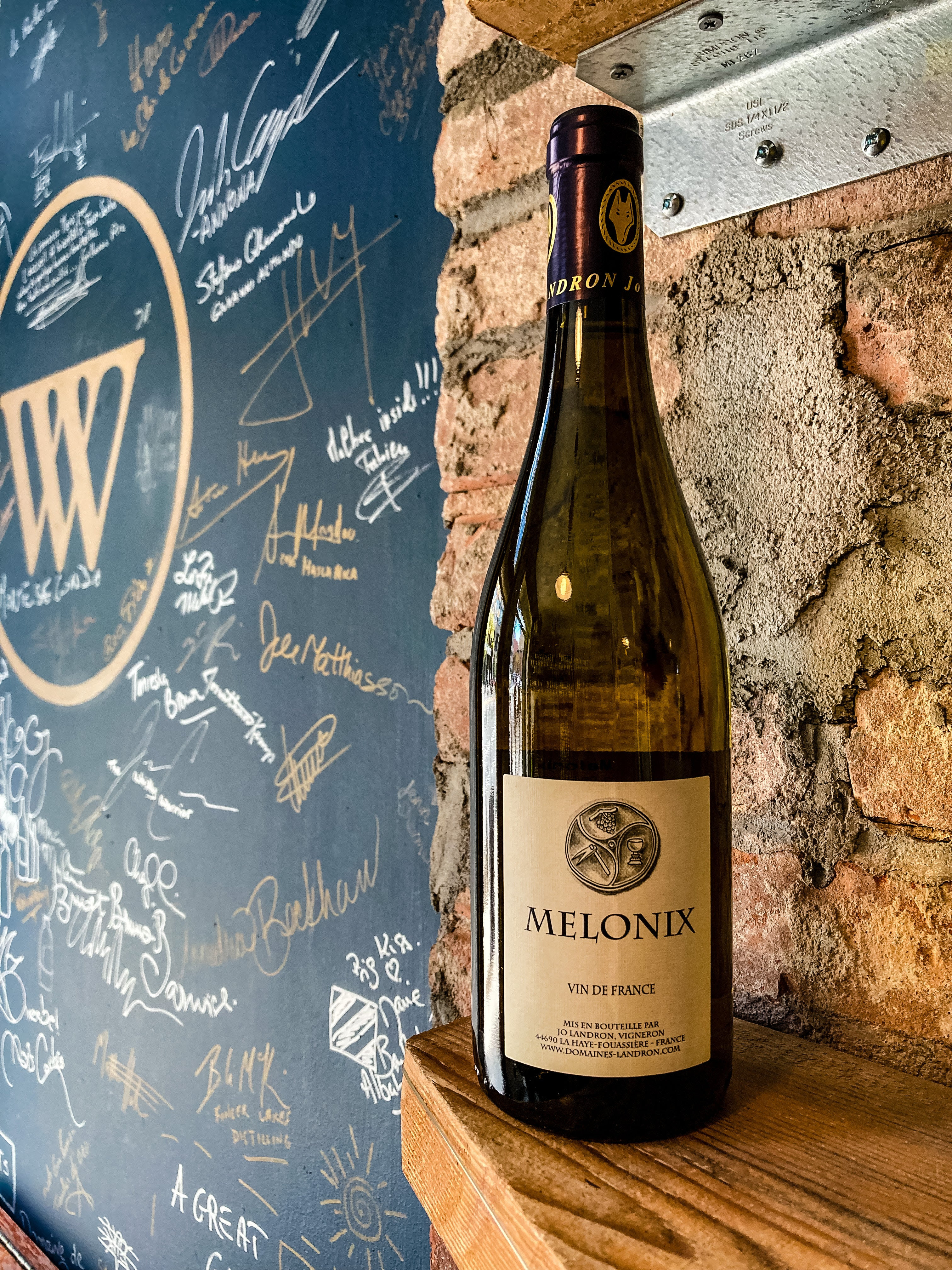
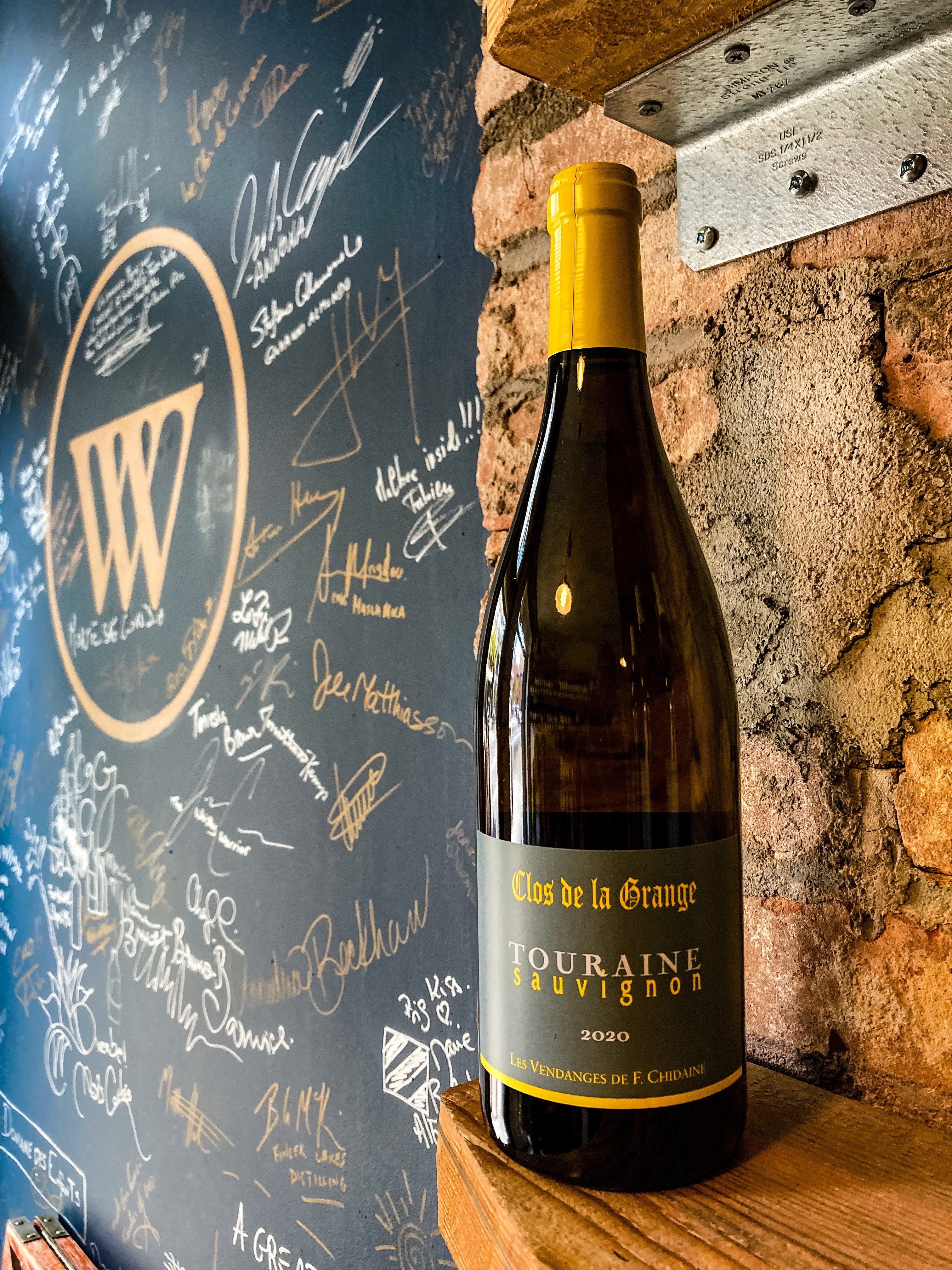
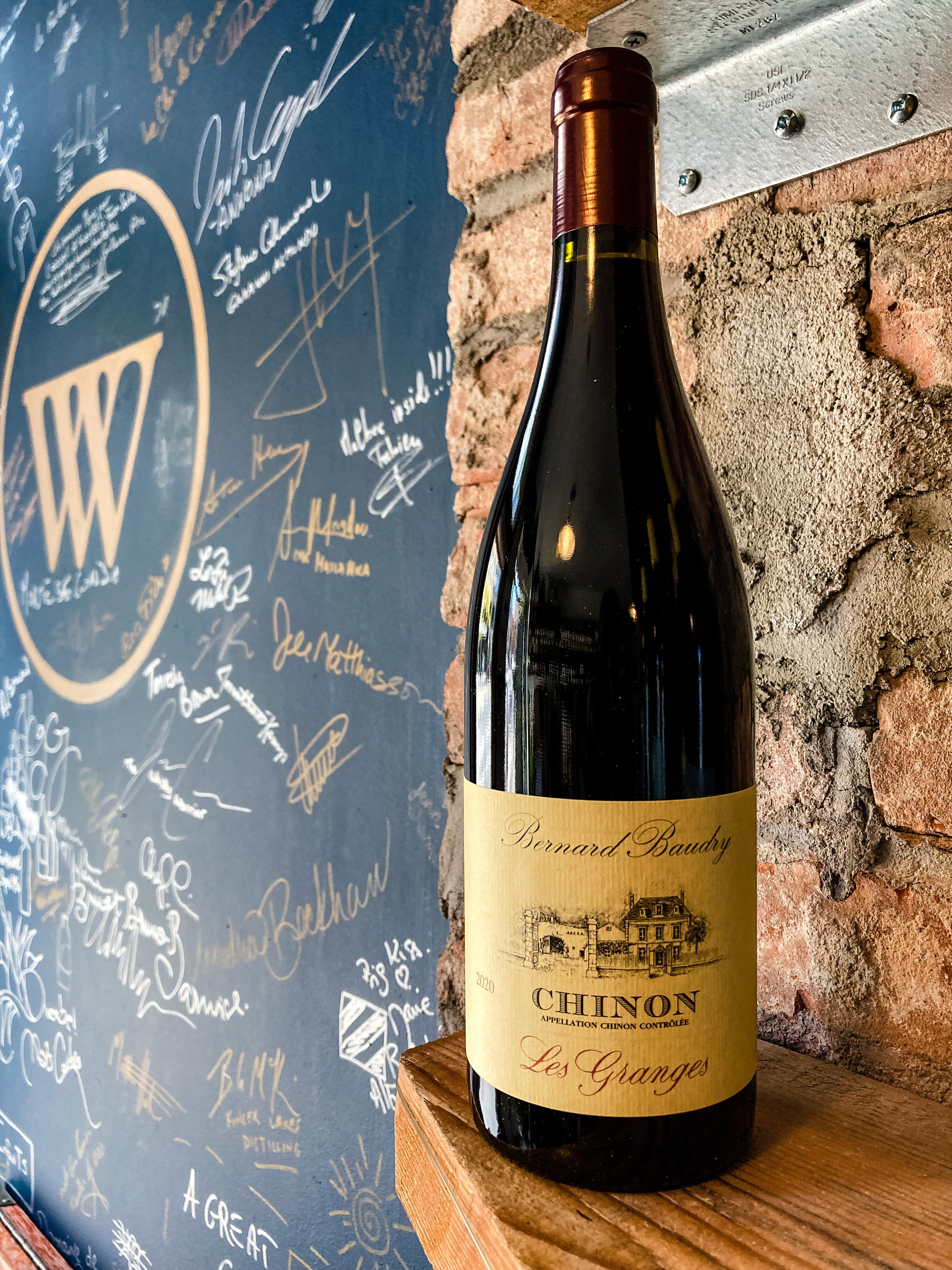
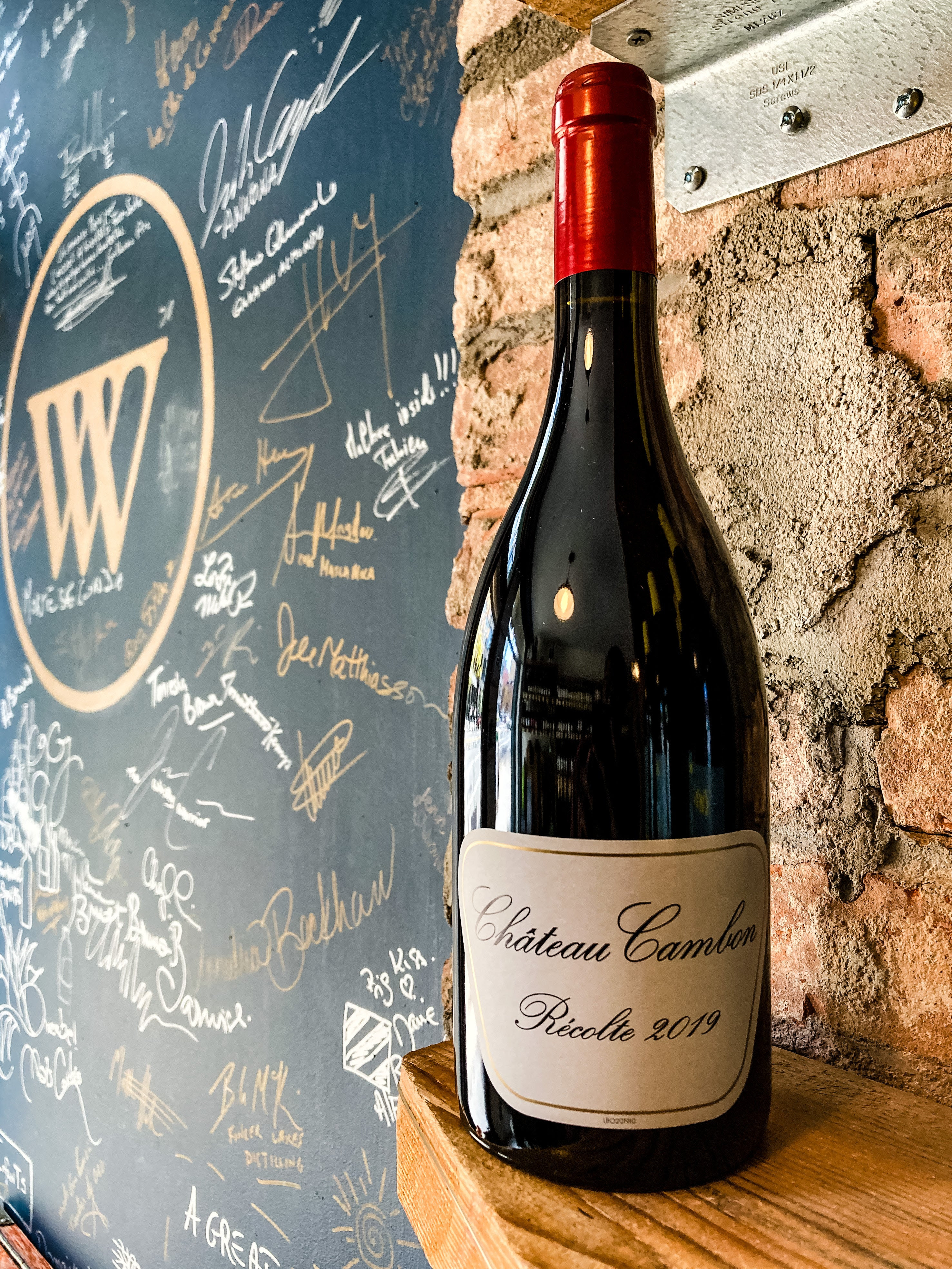
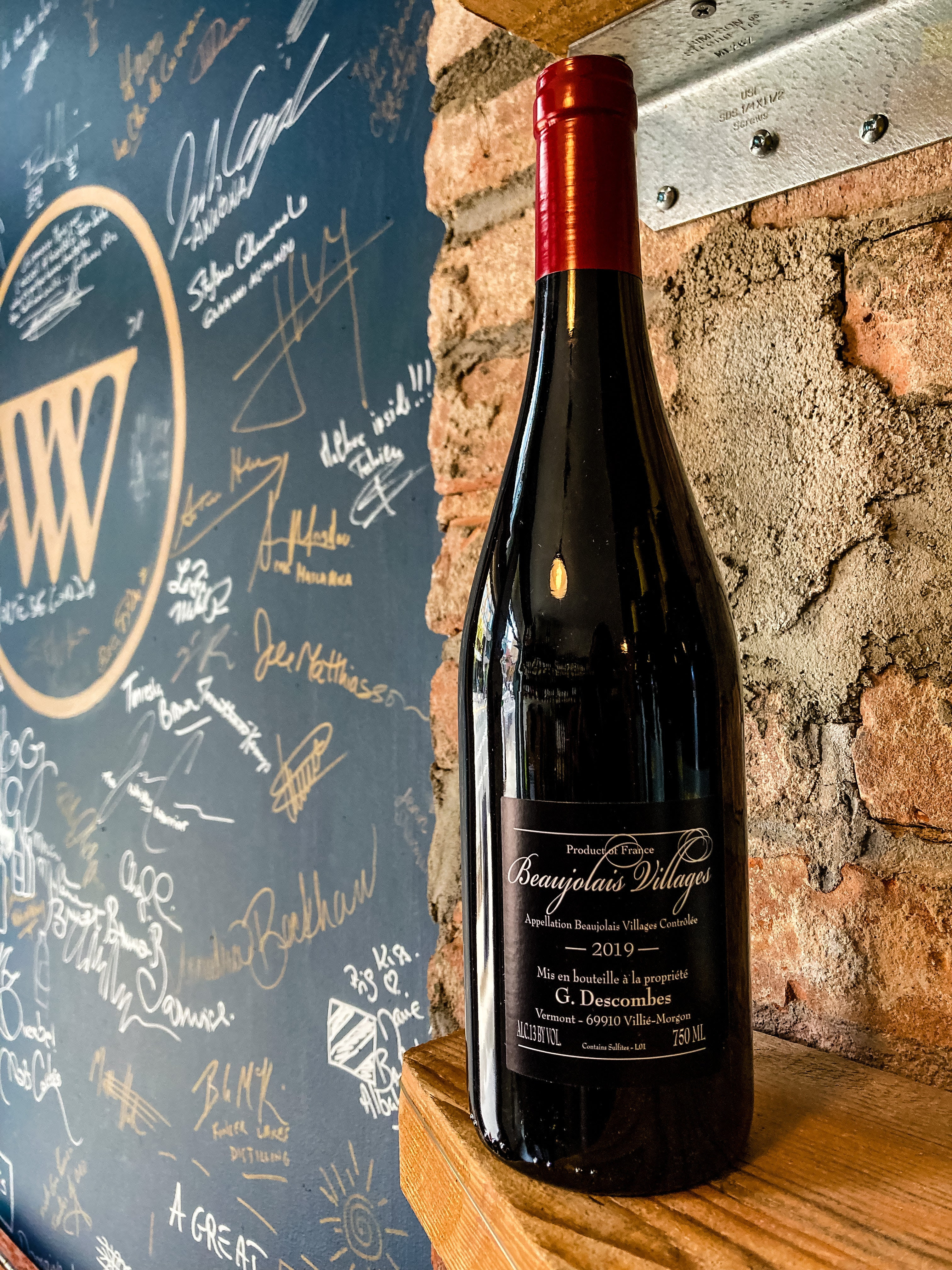

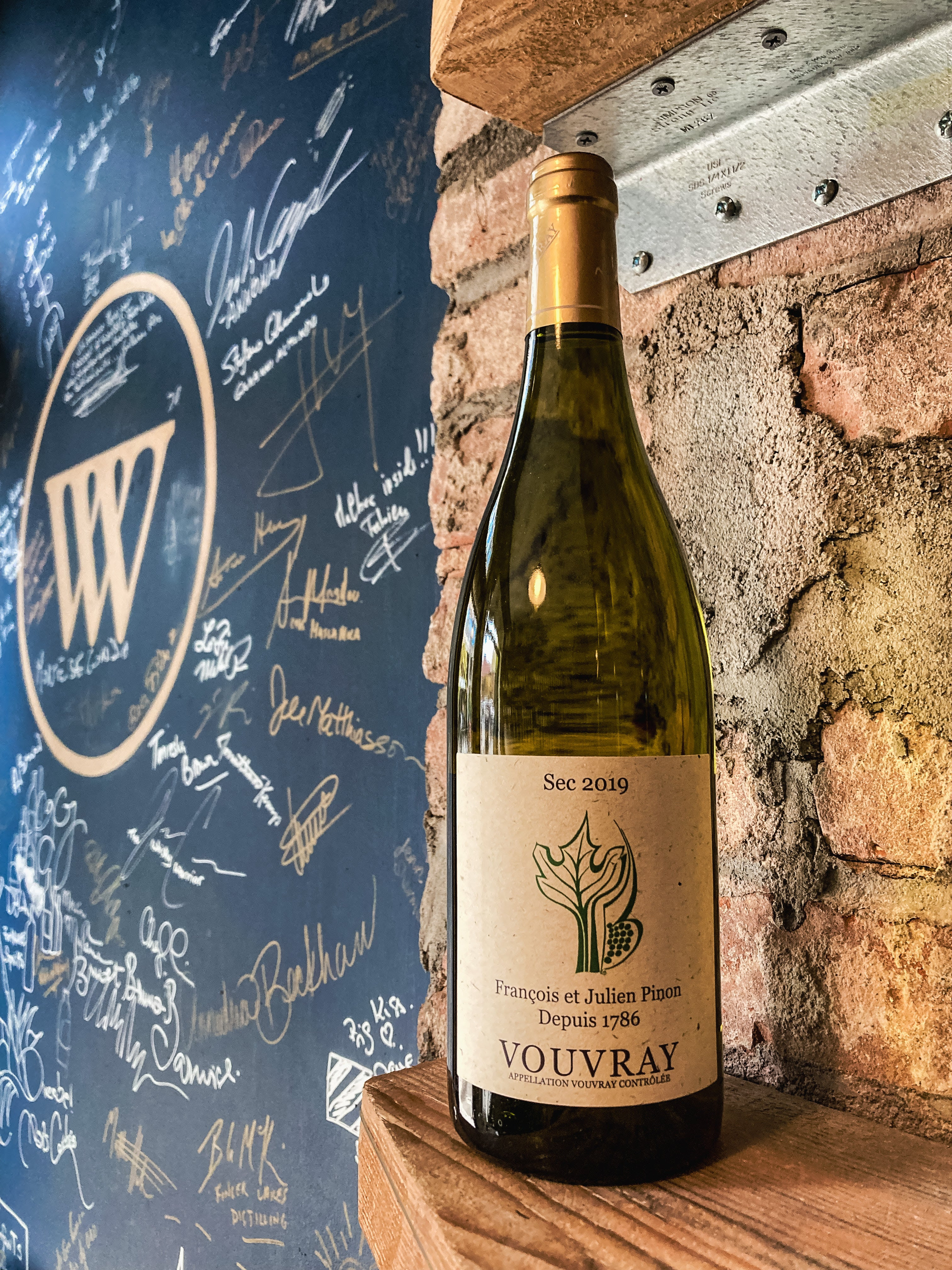
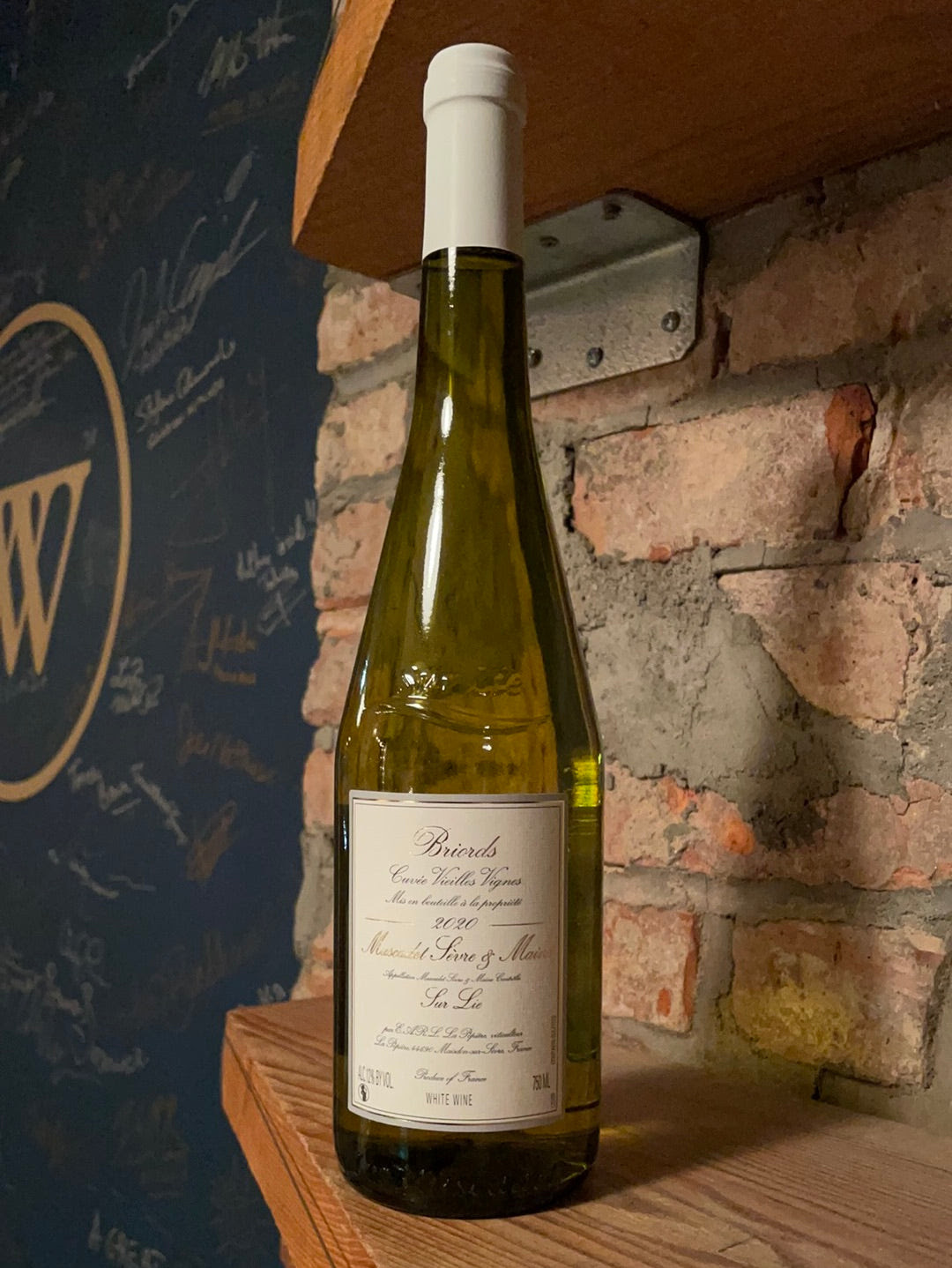
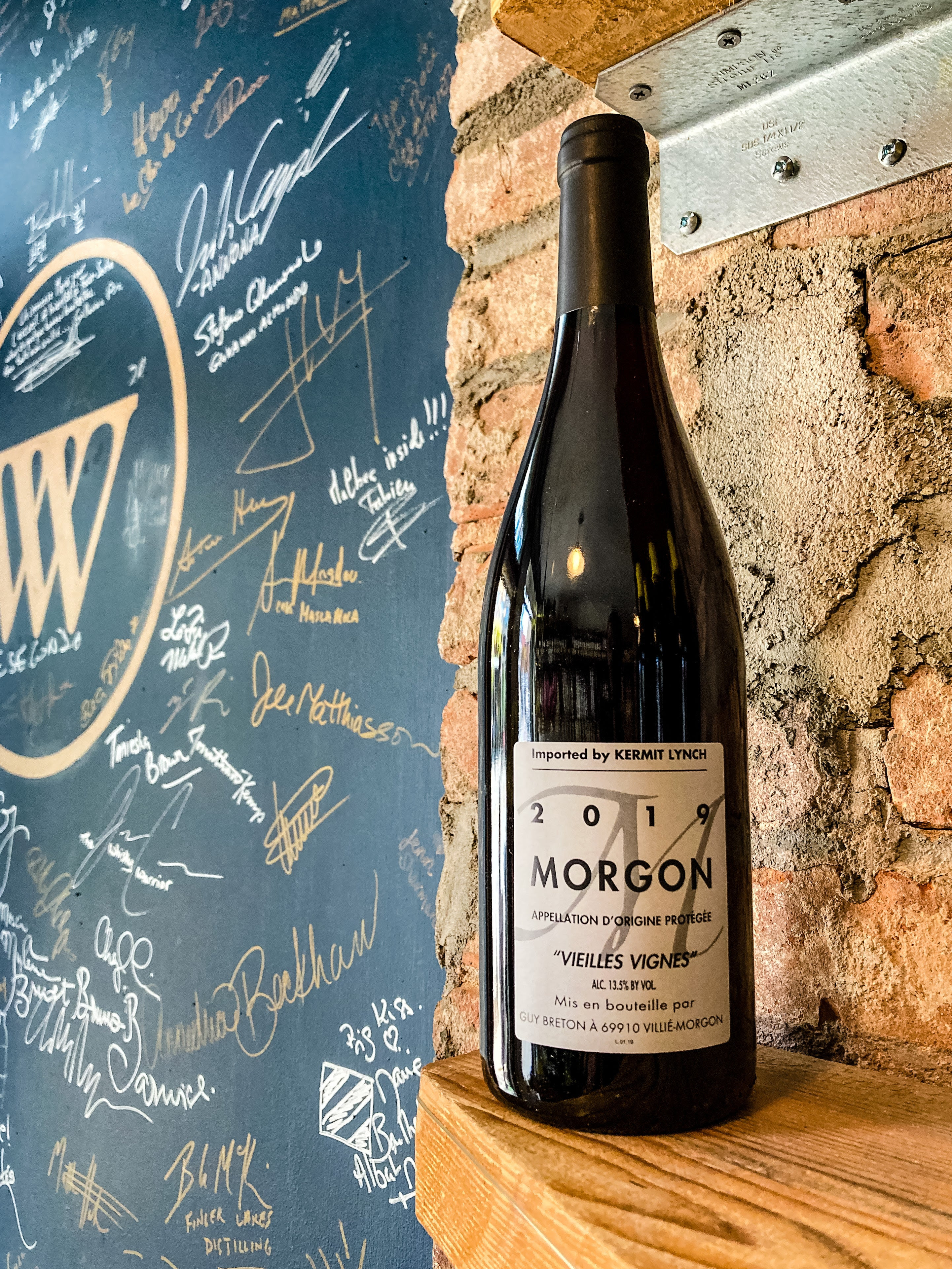
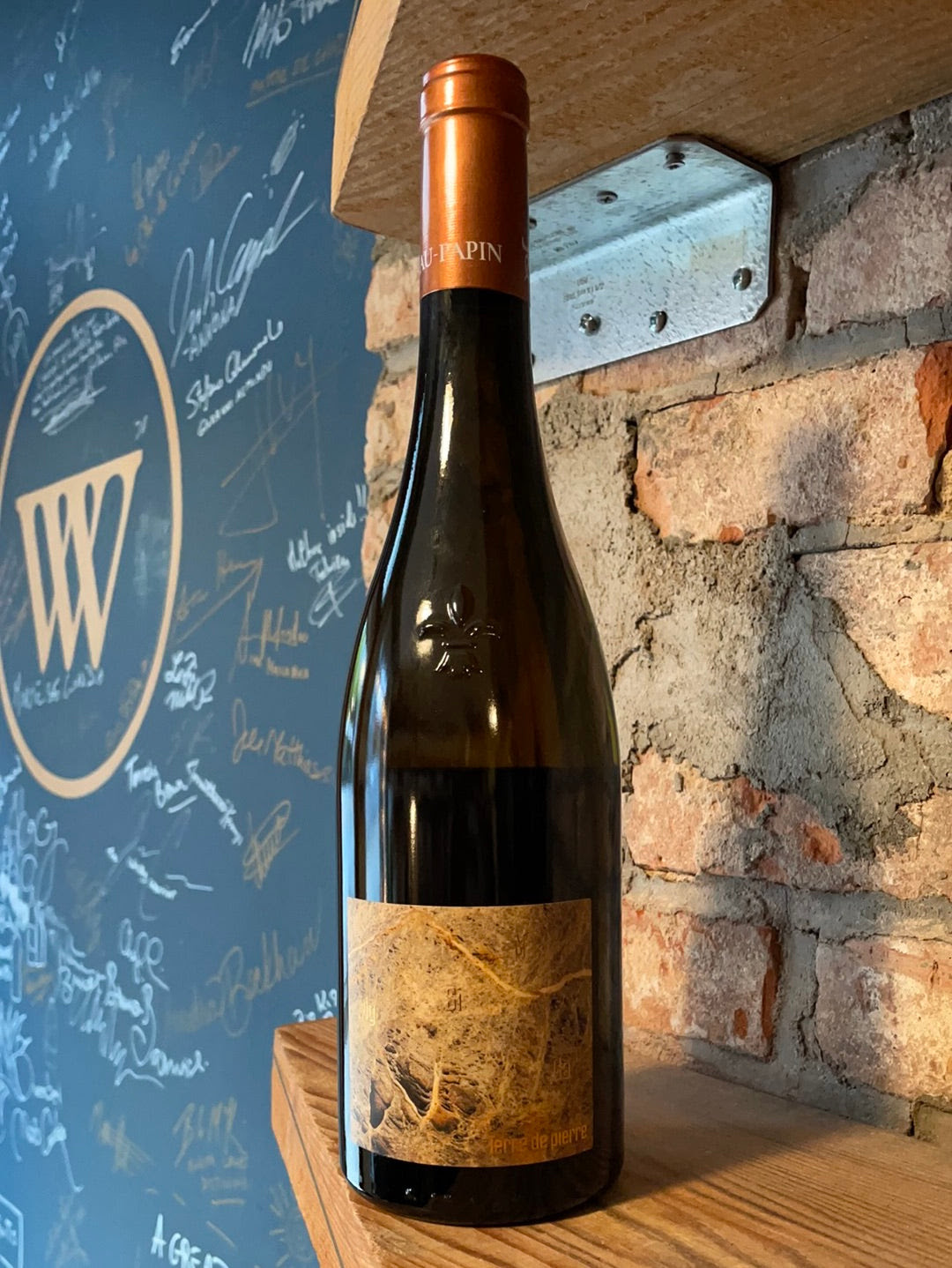



Leave a comment